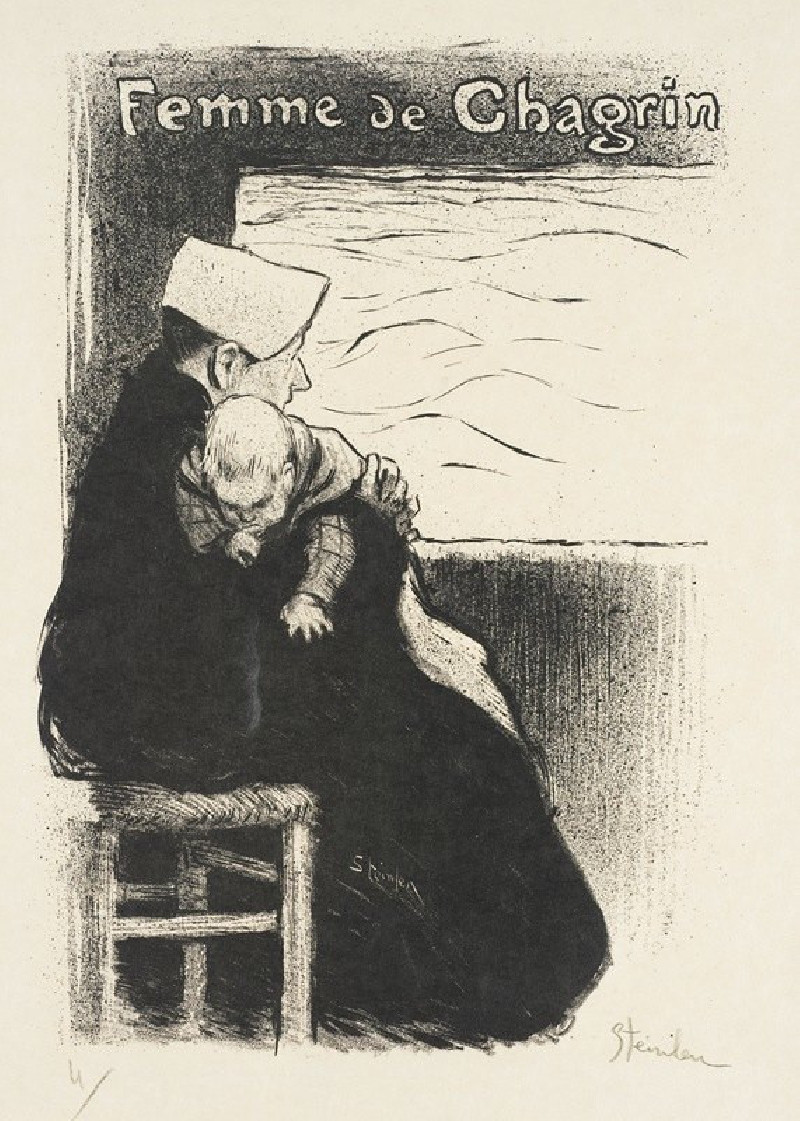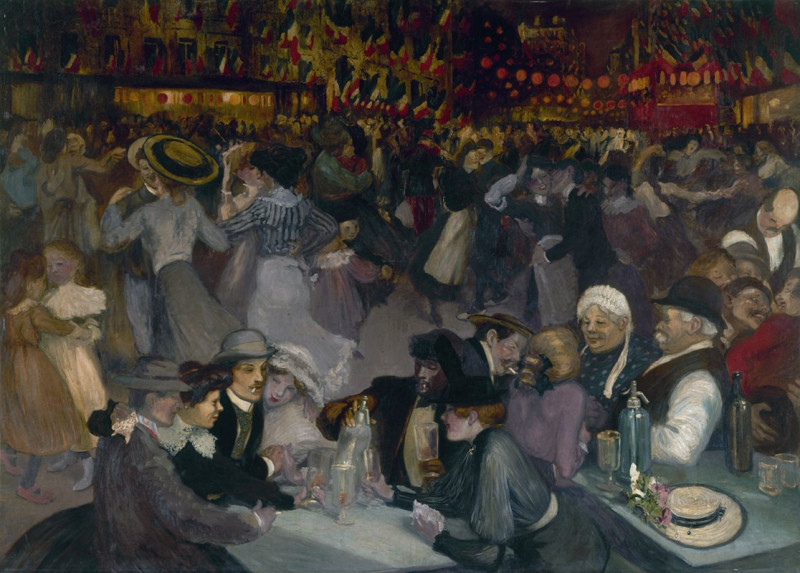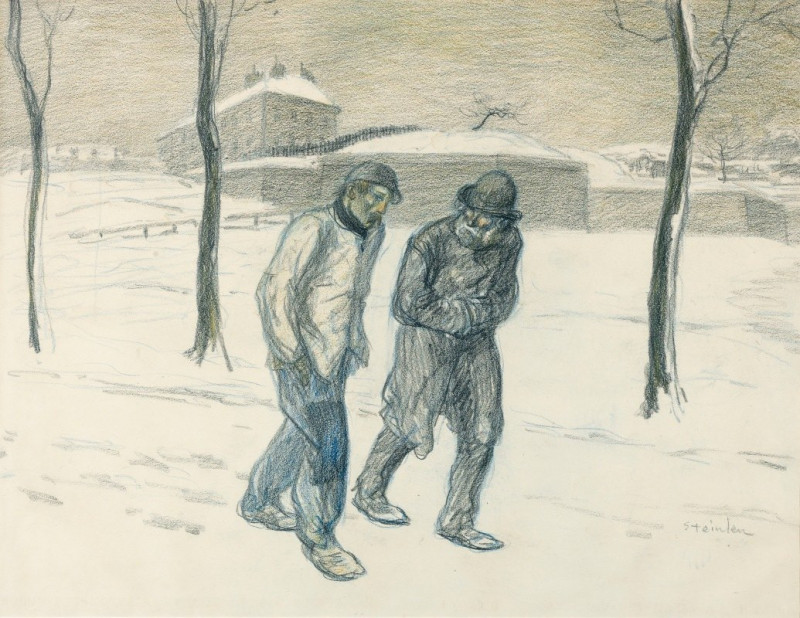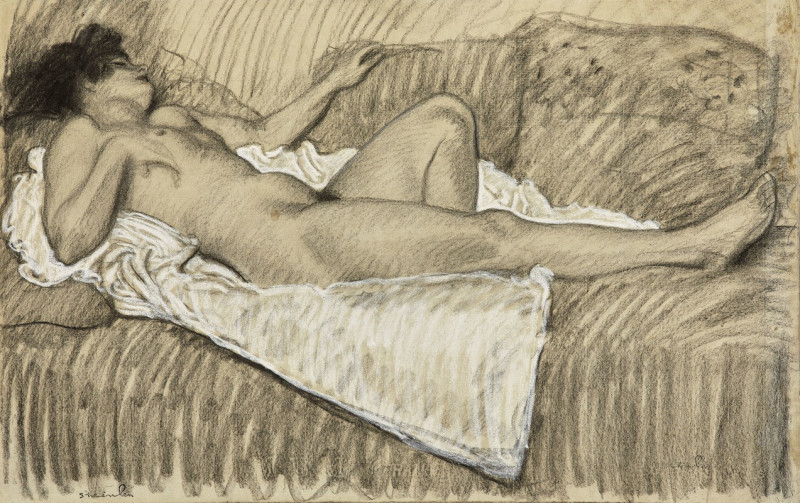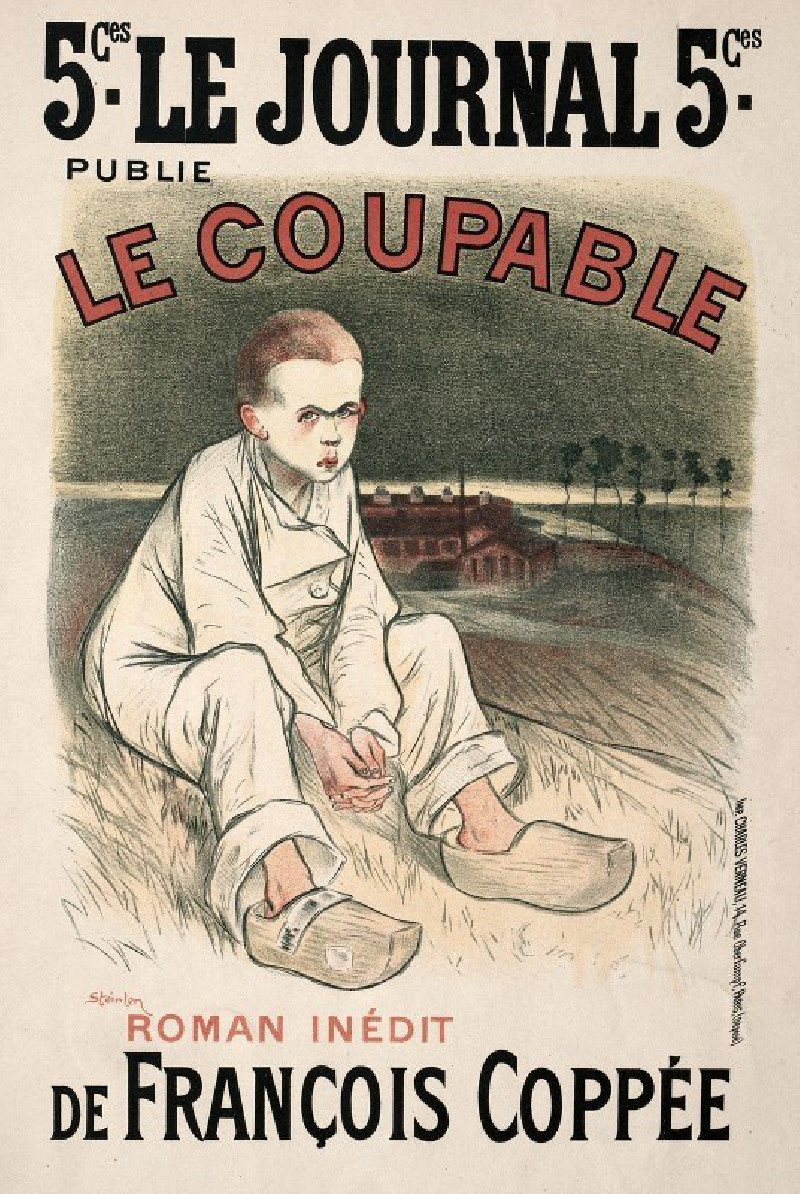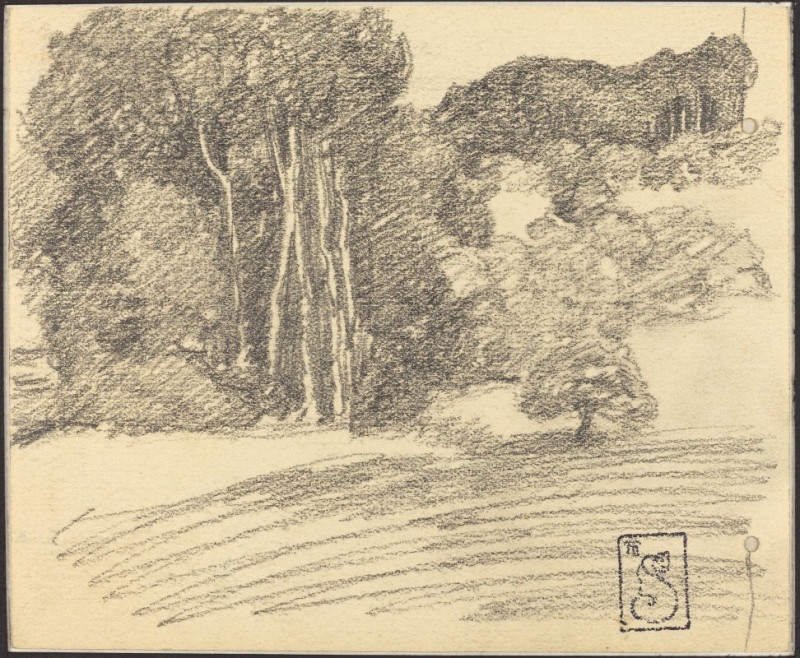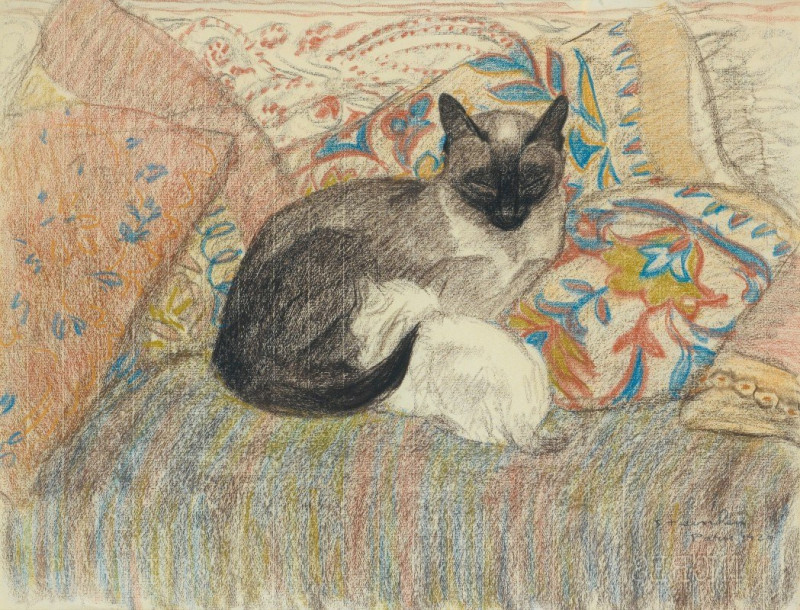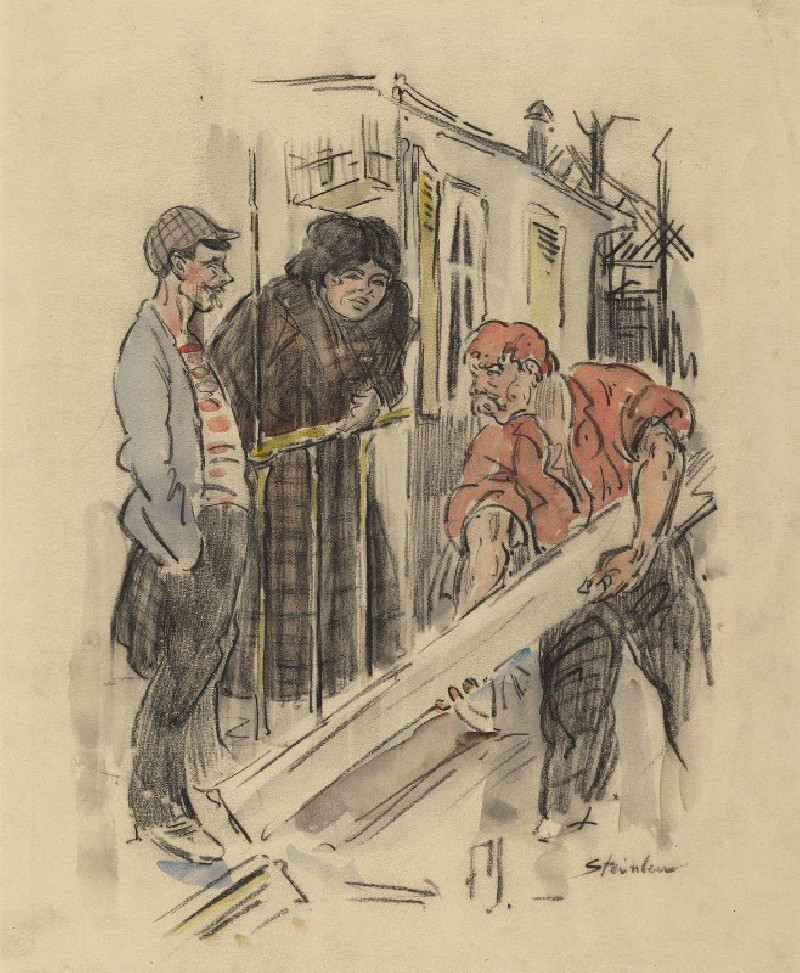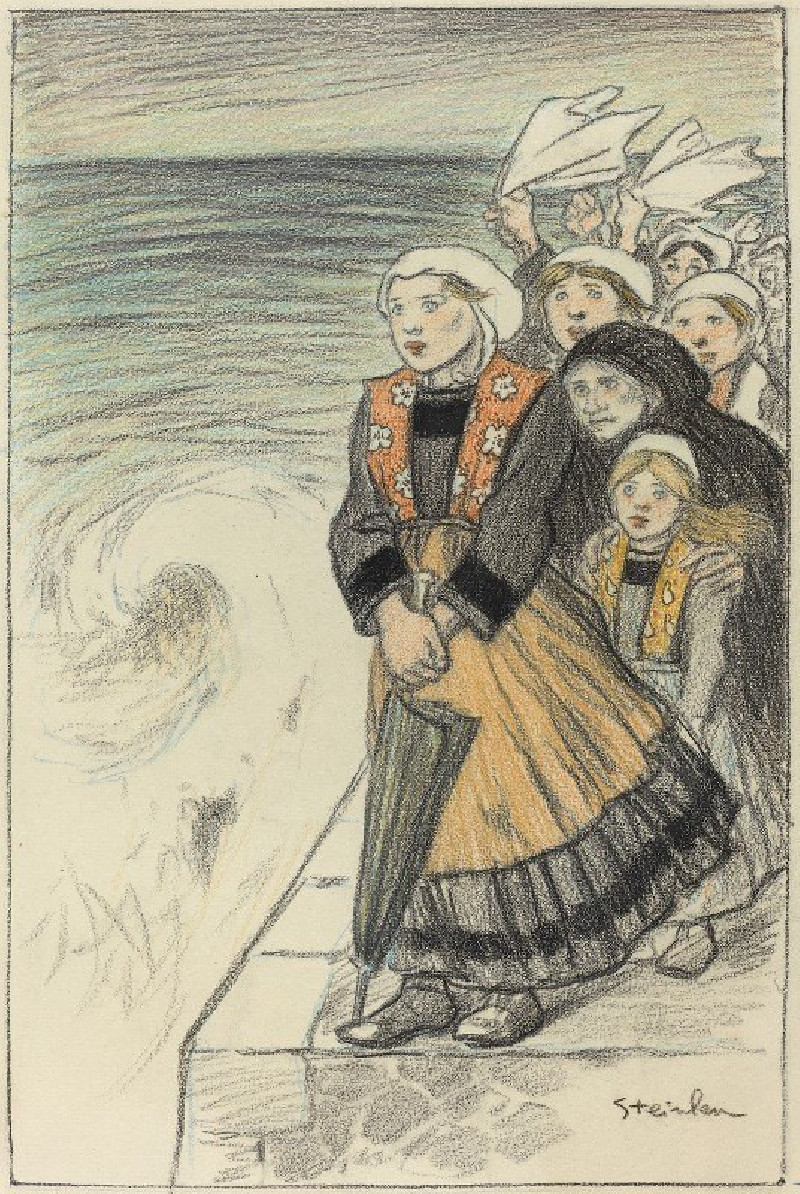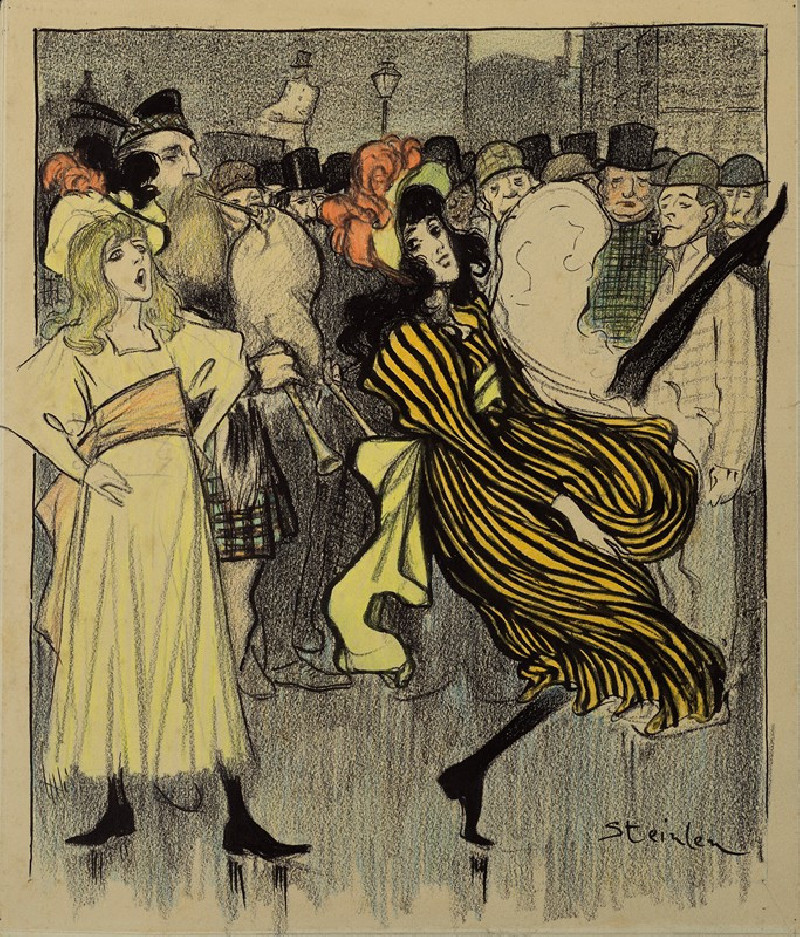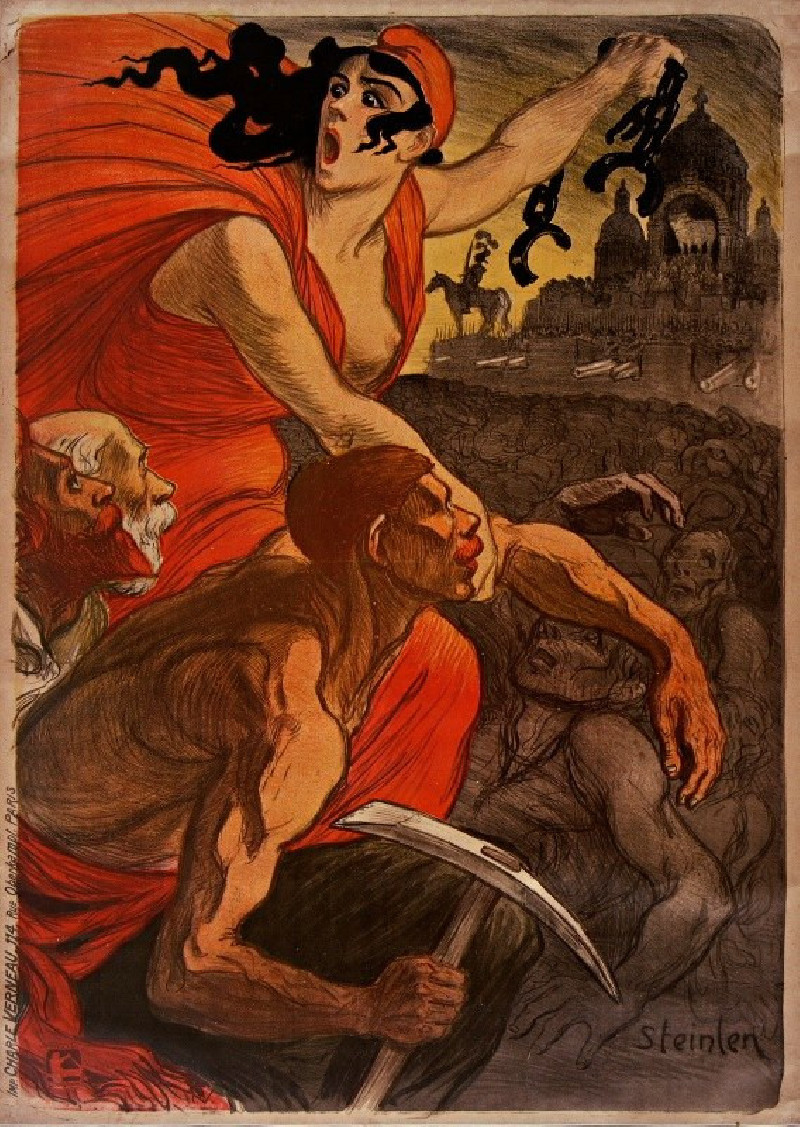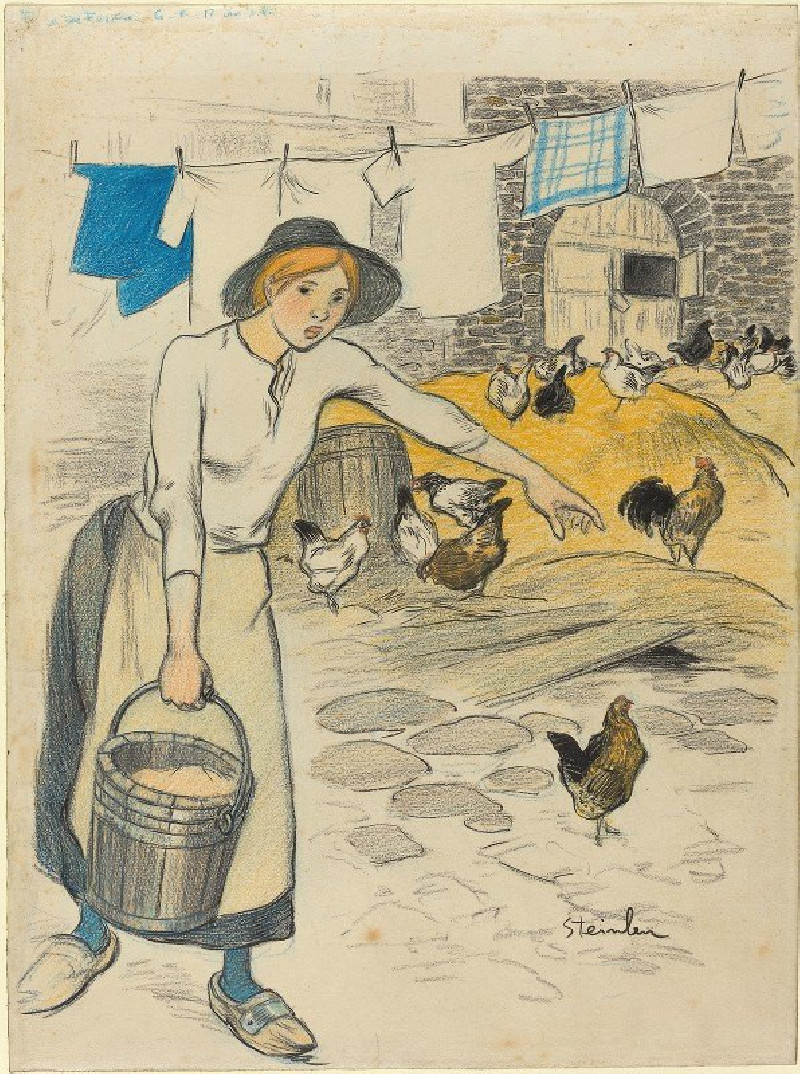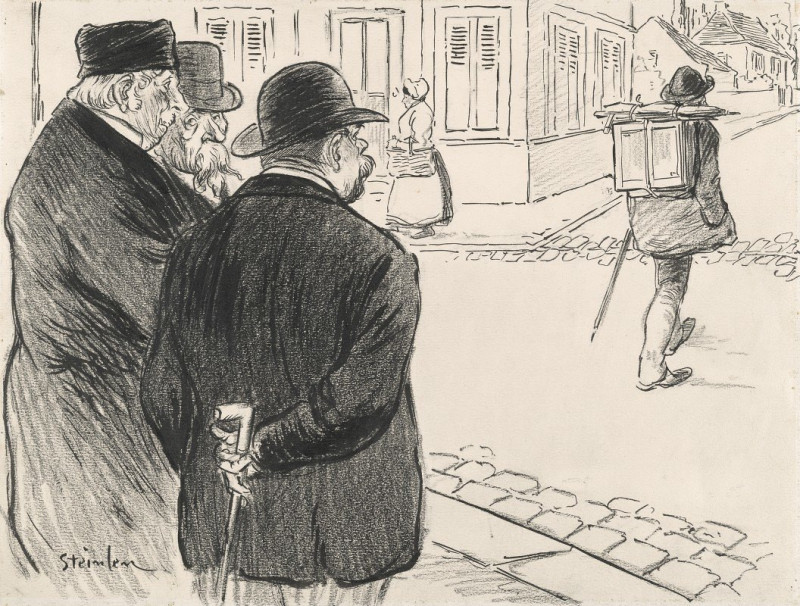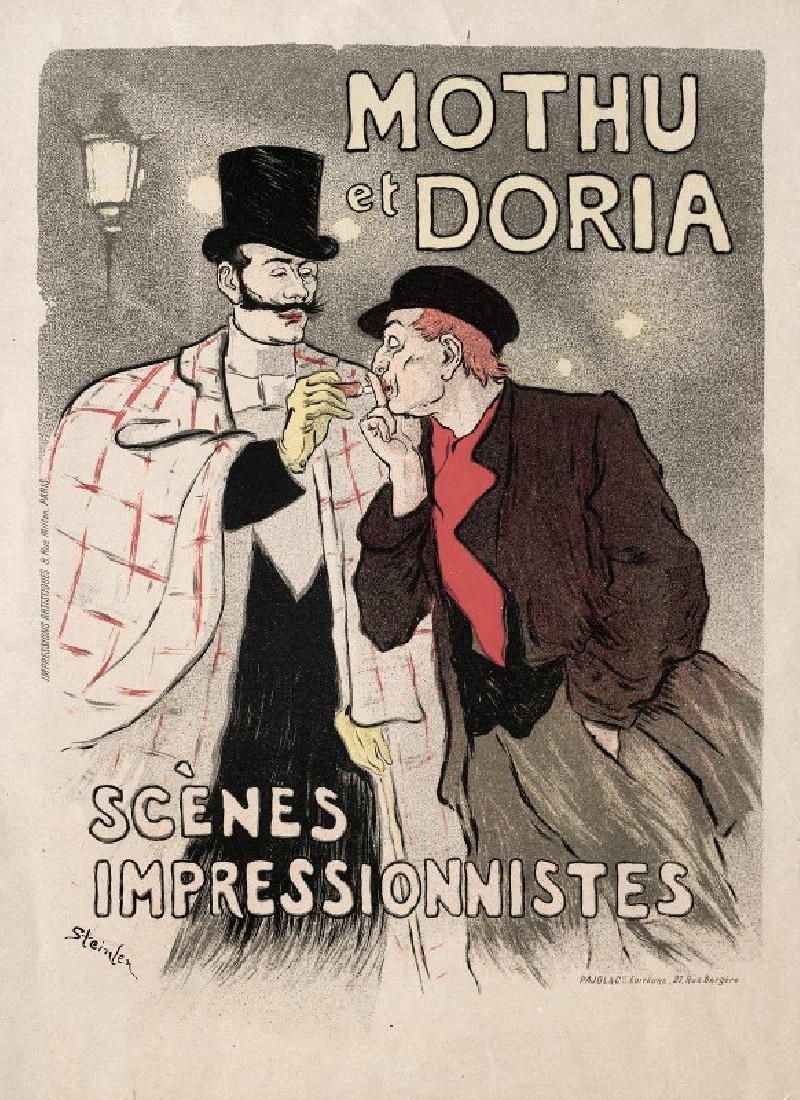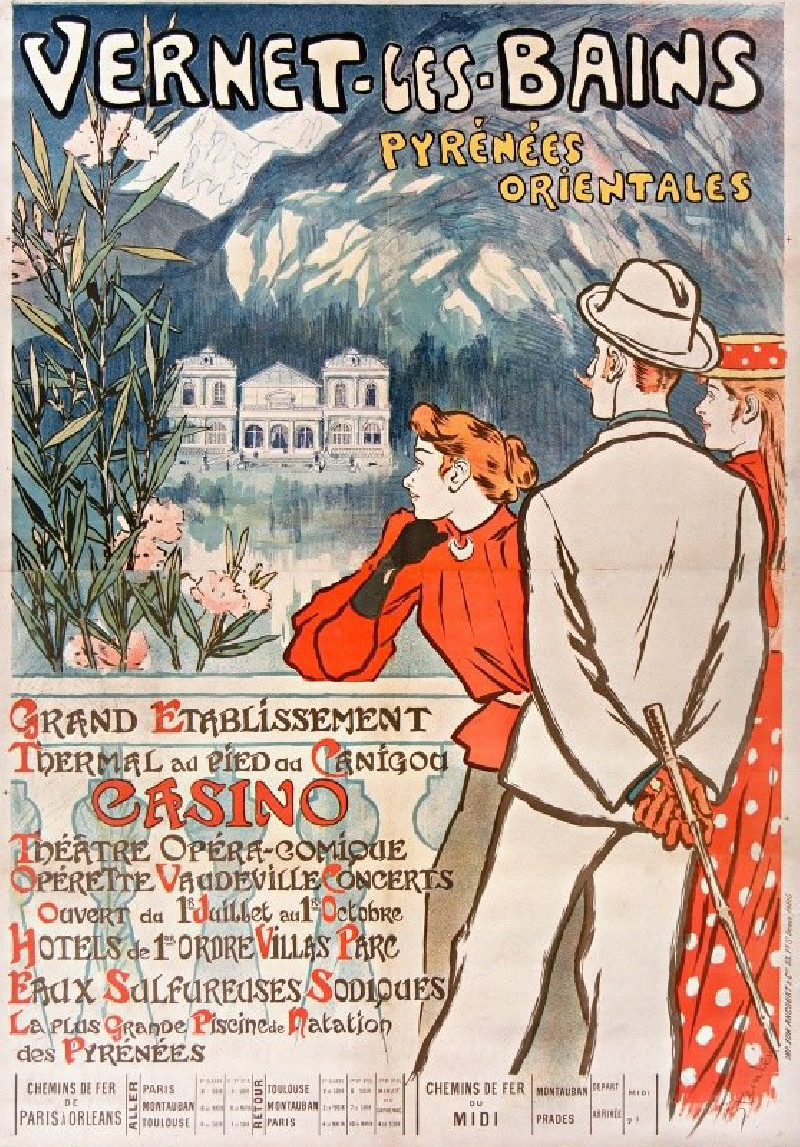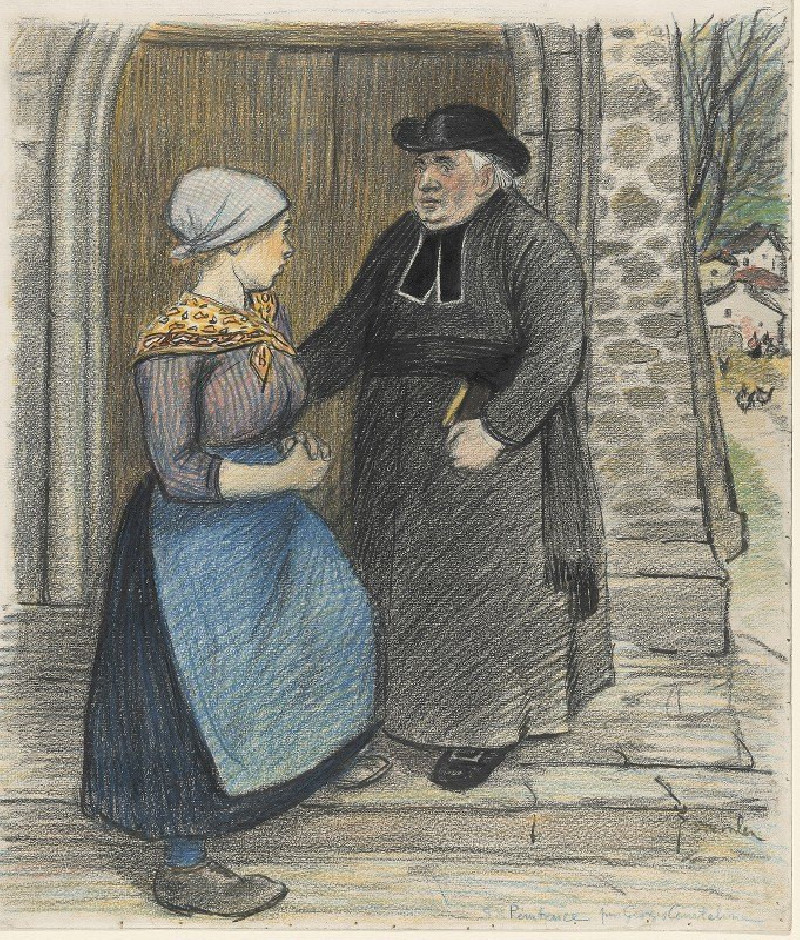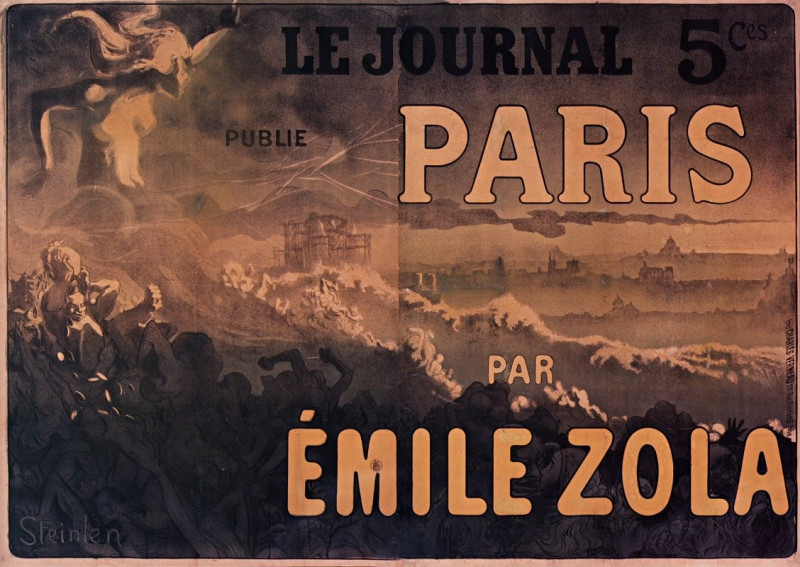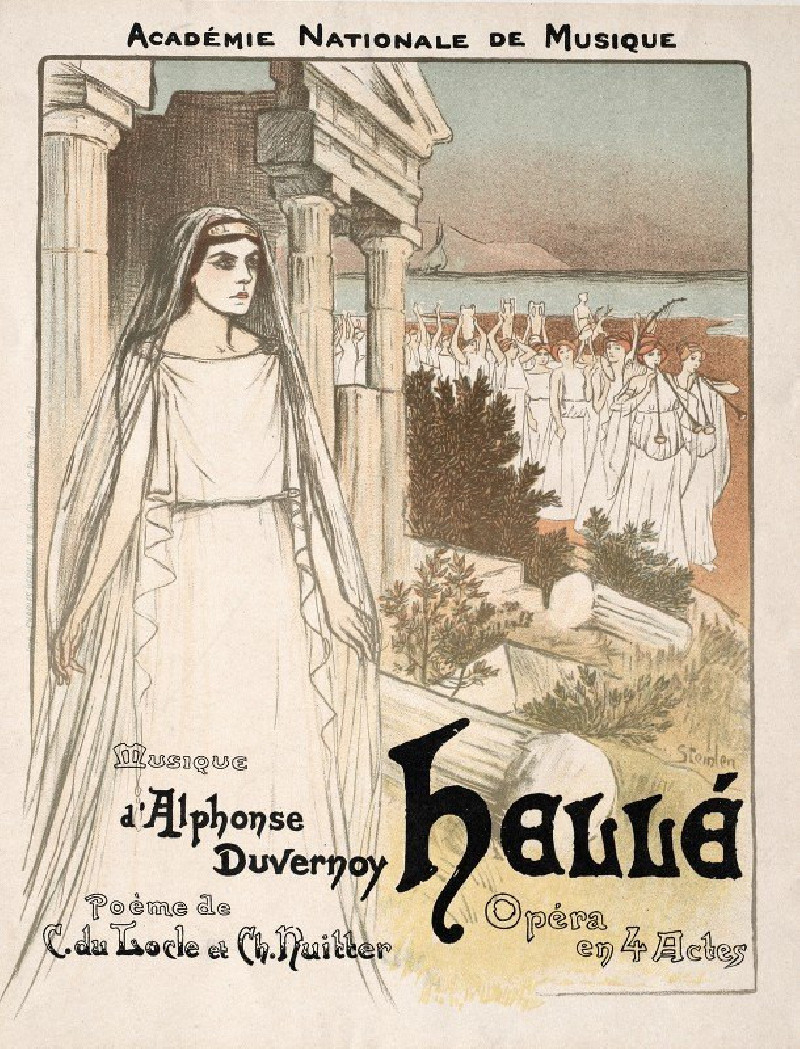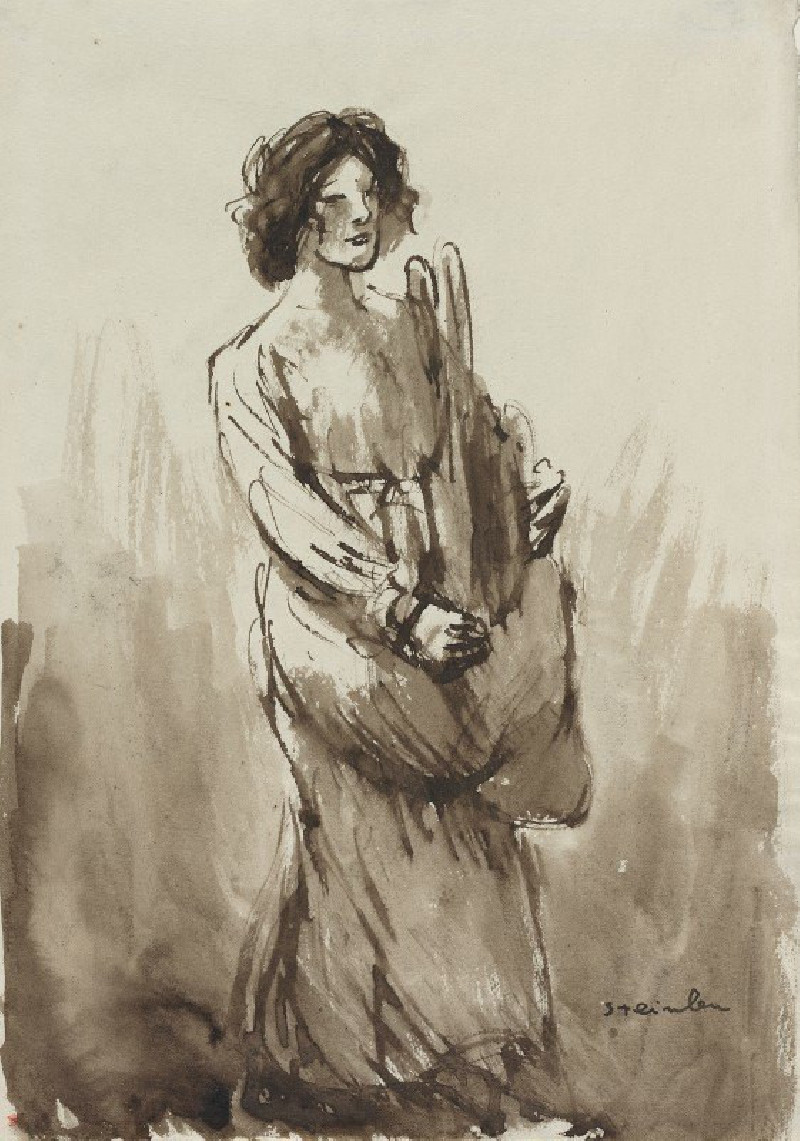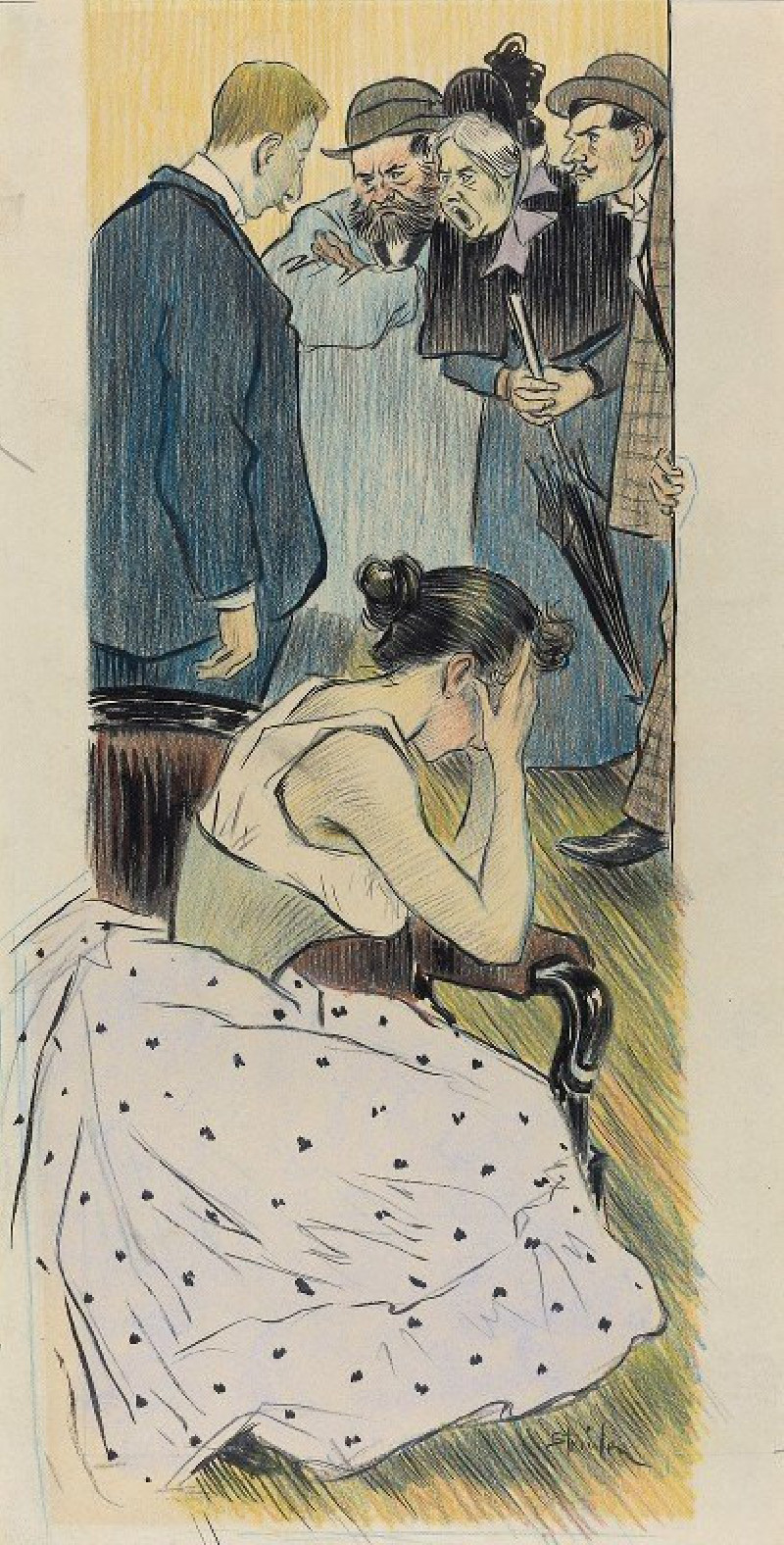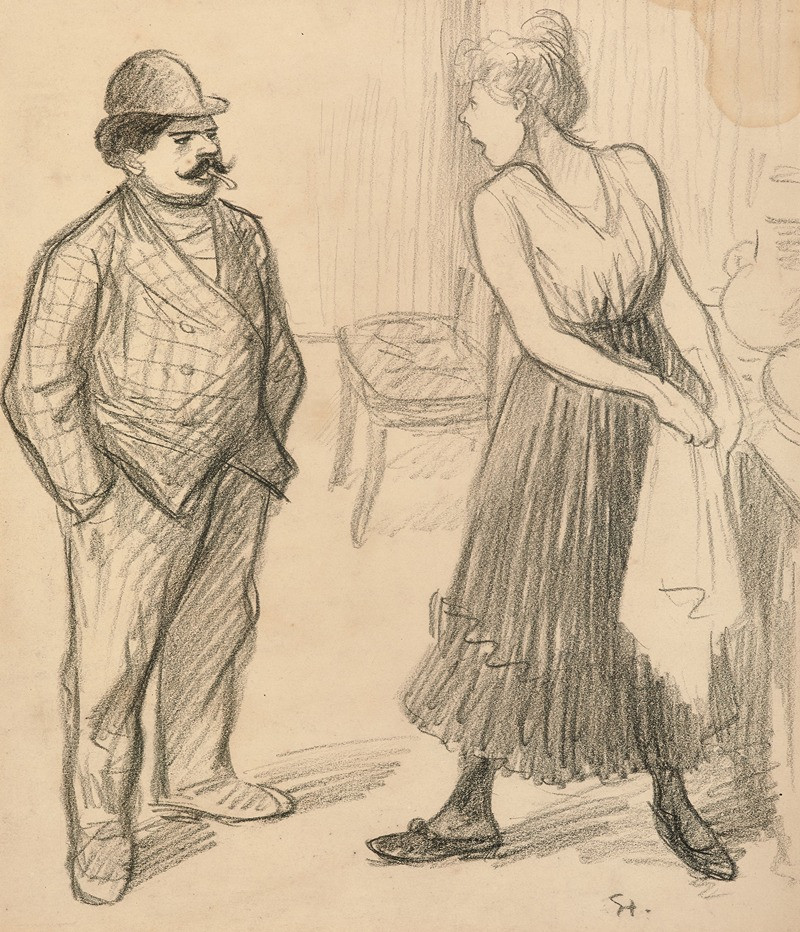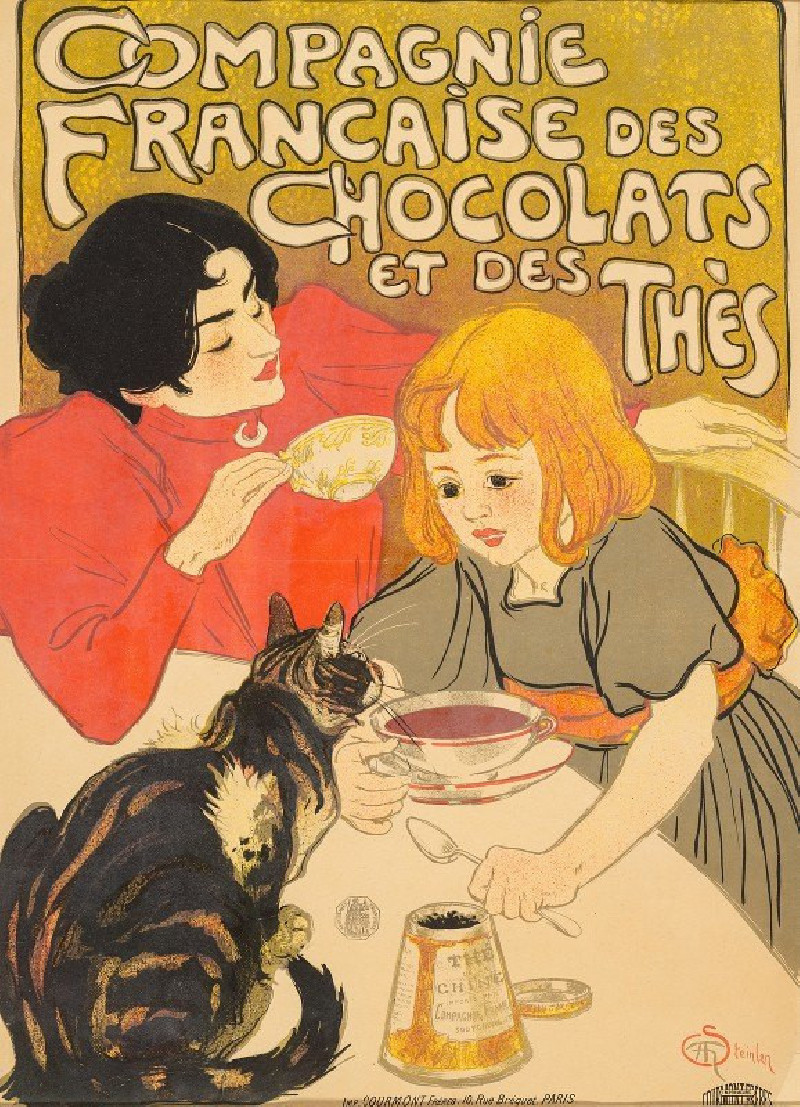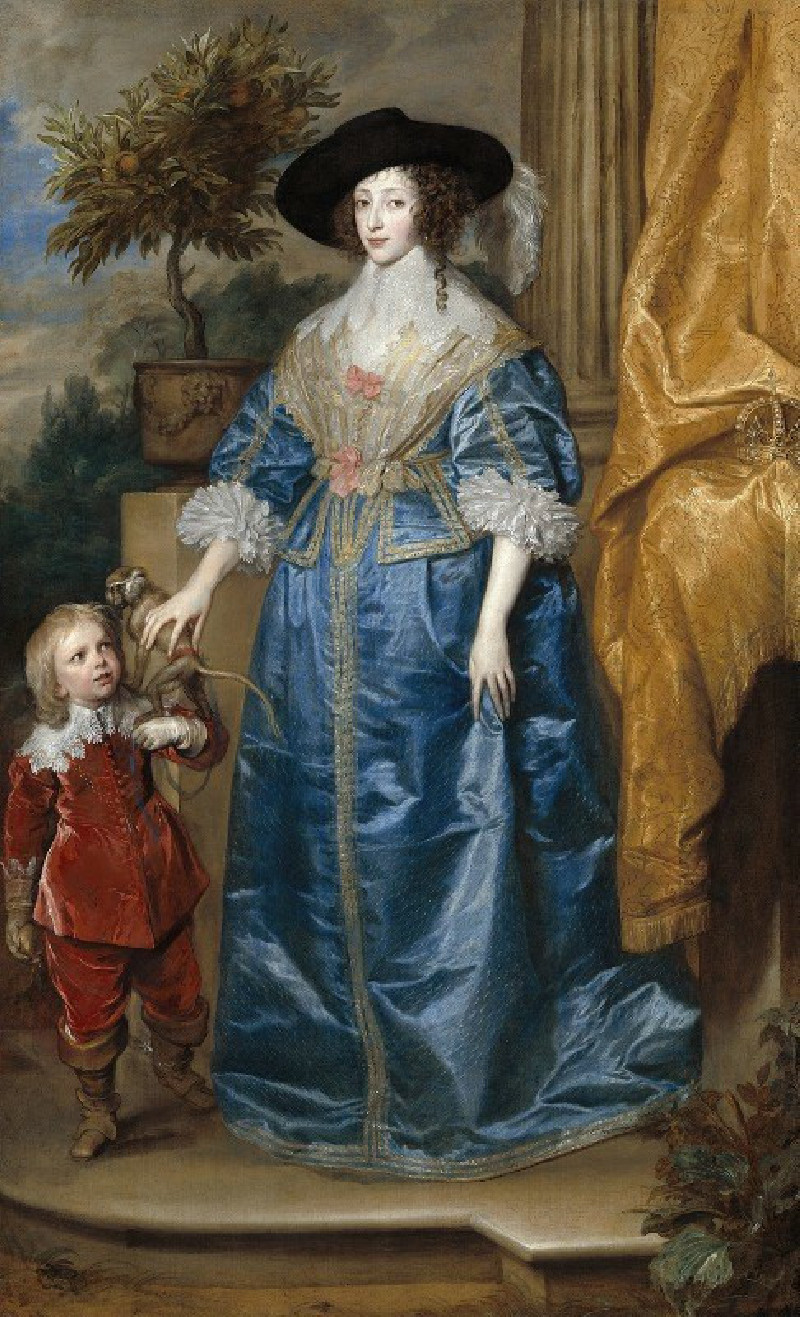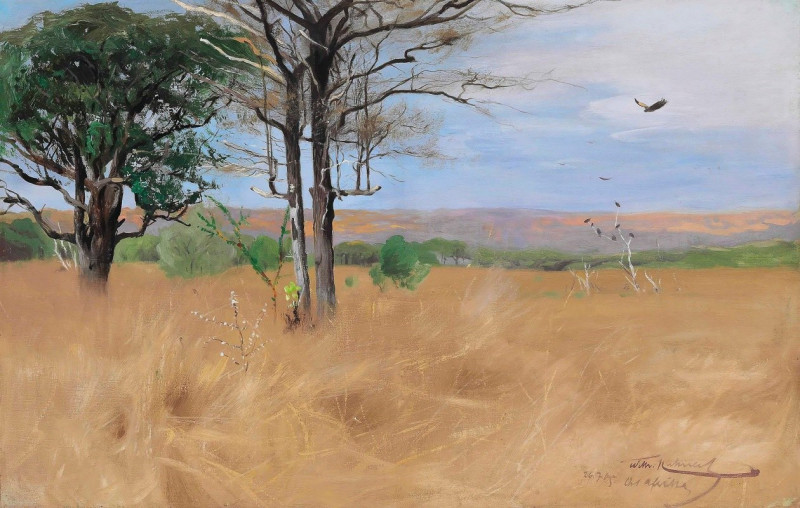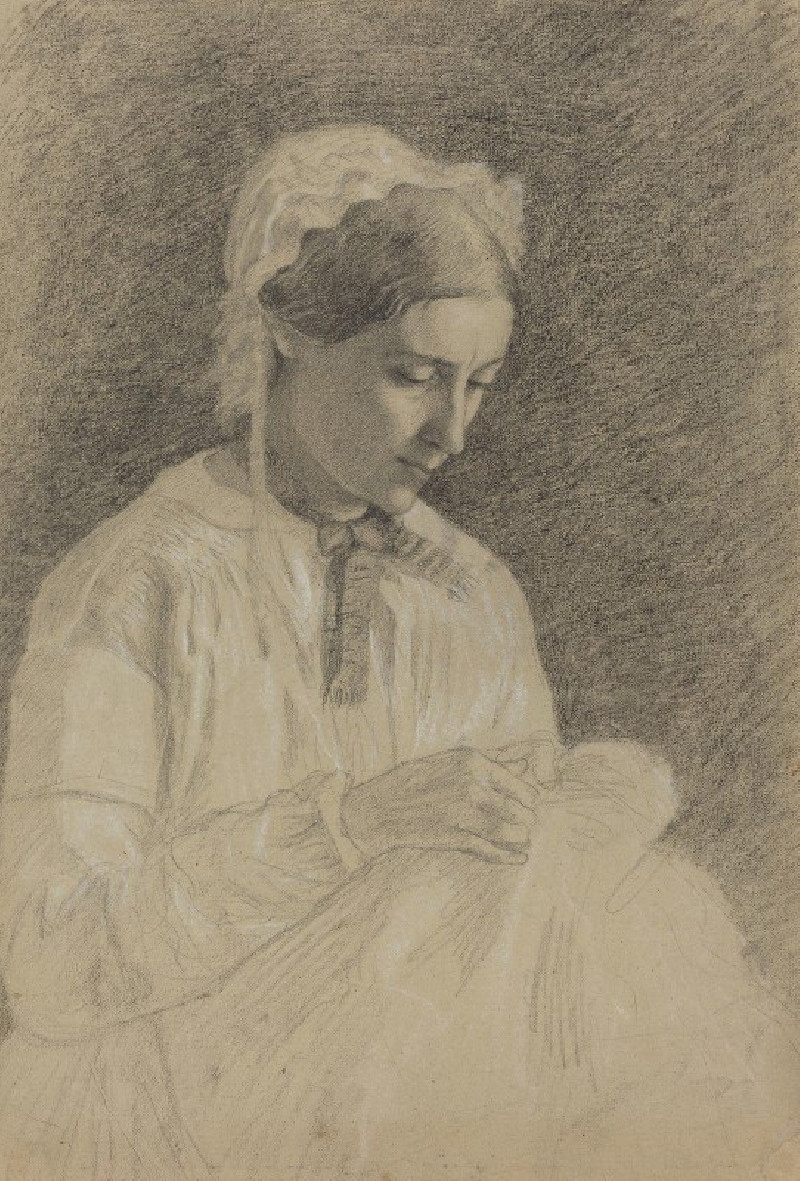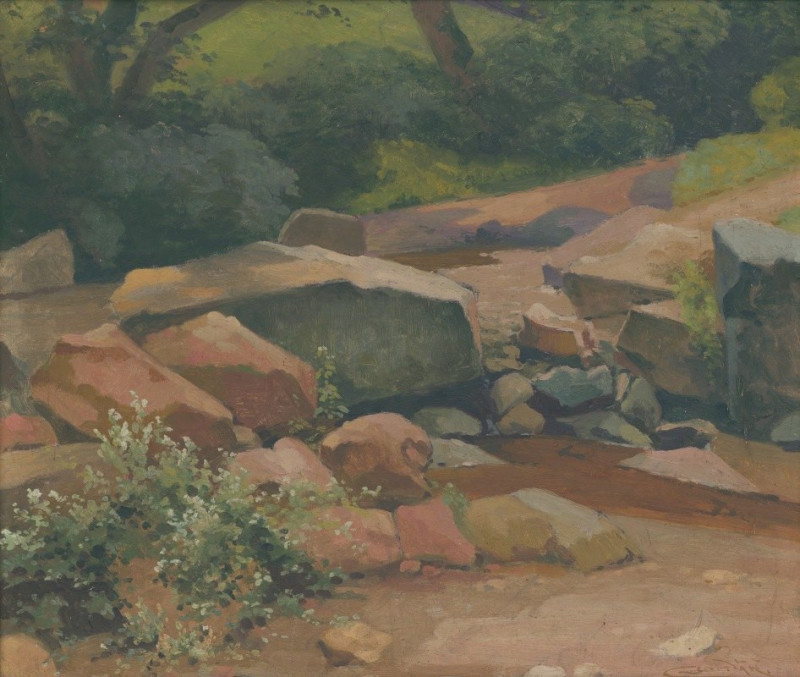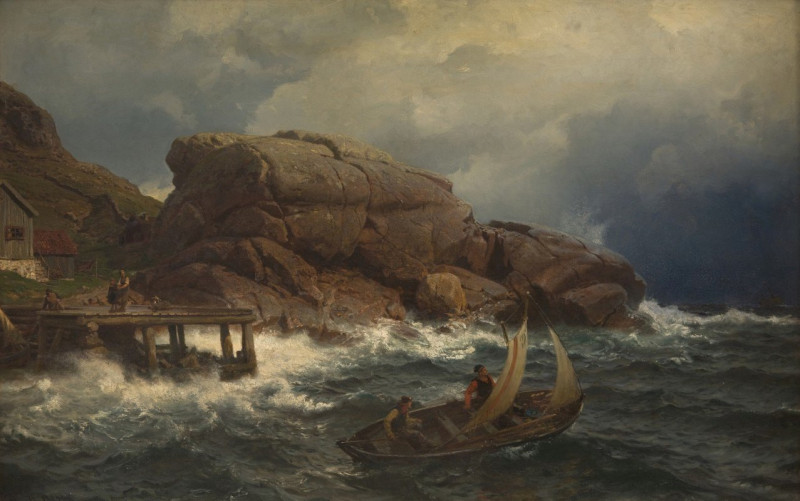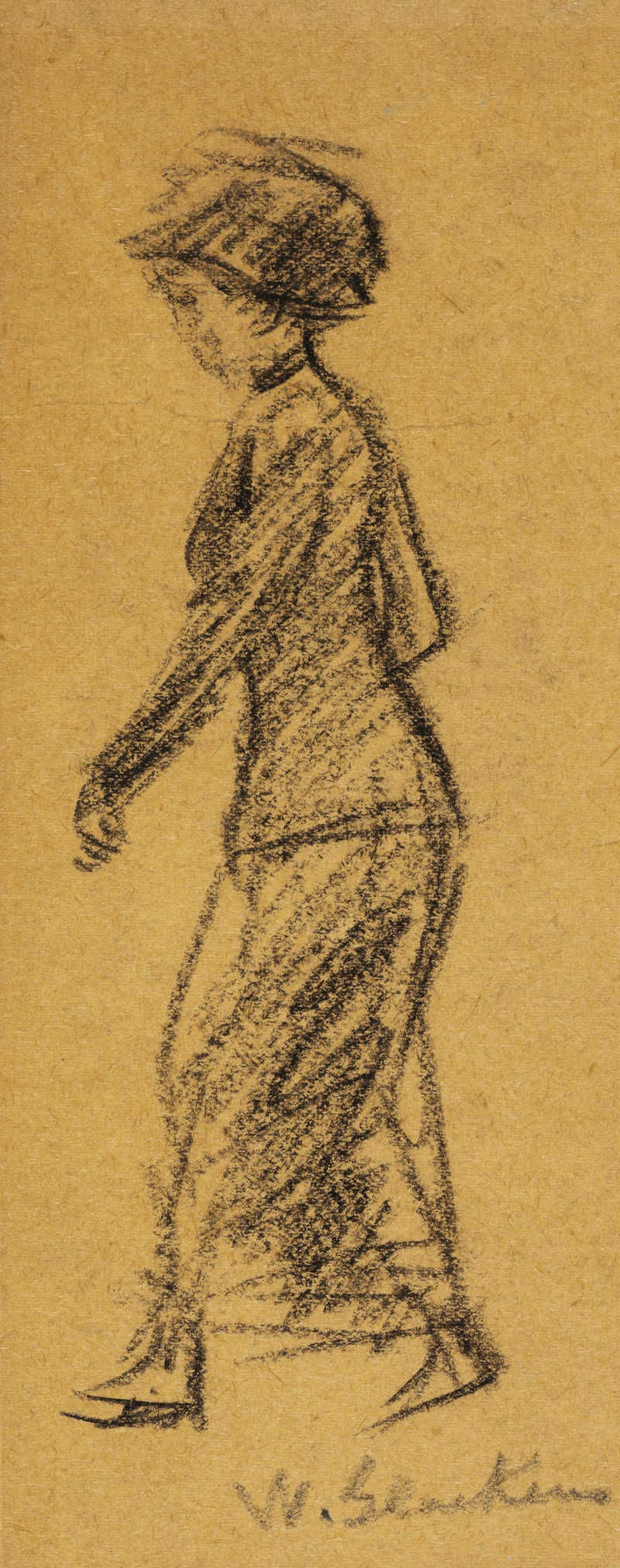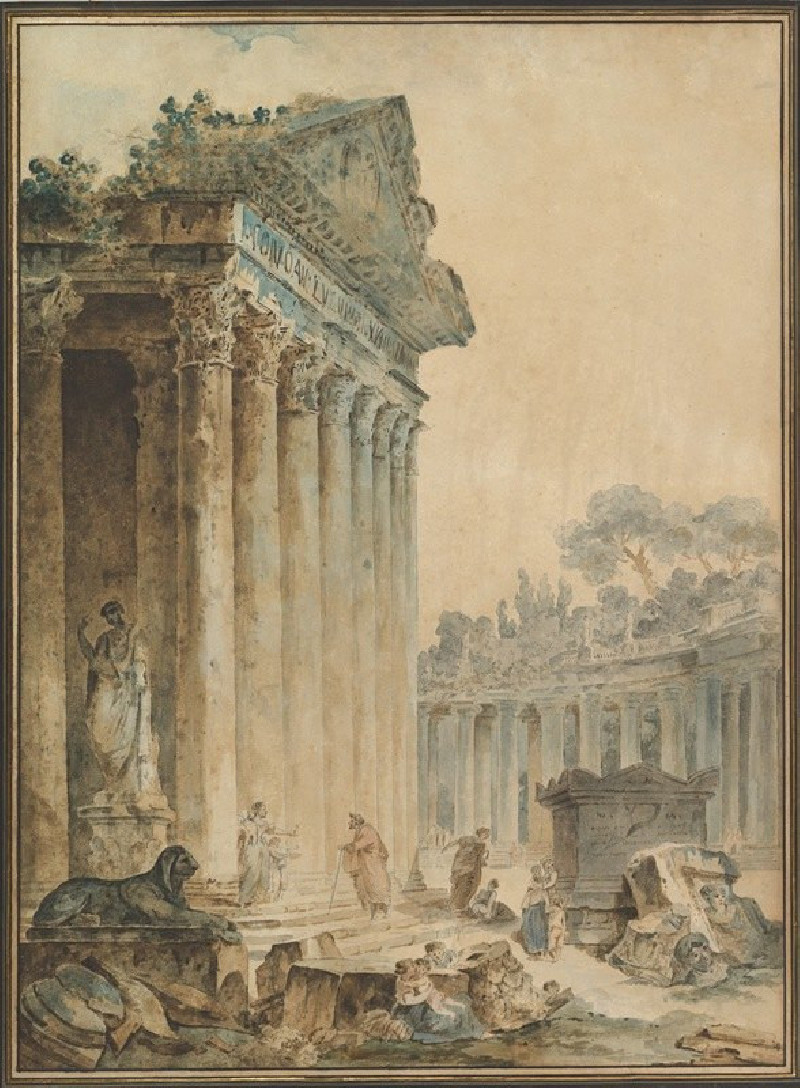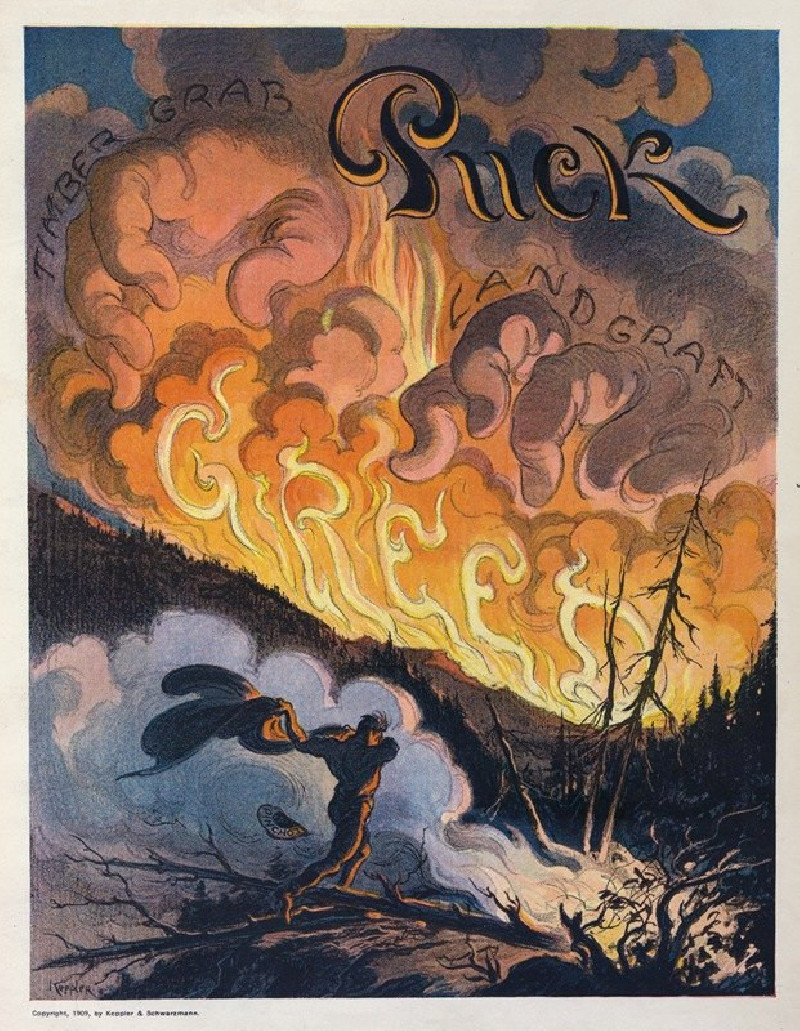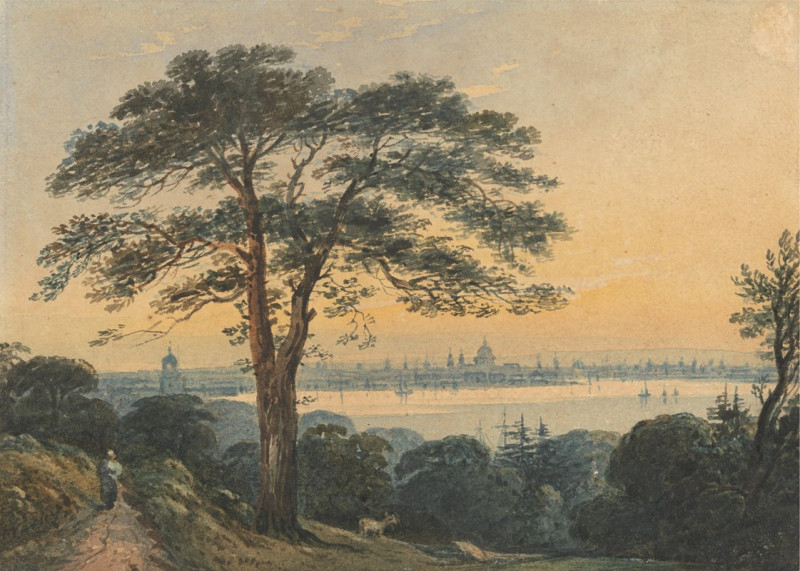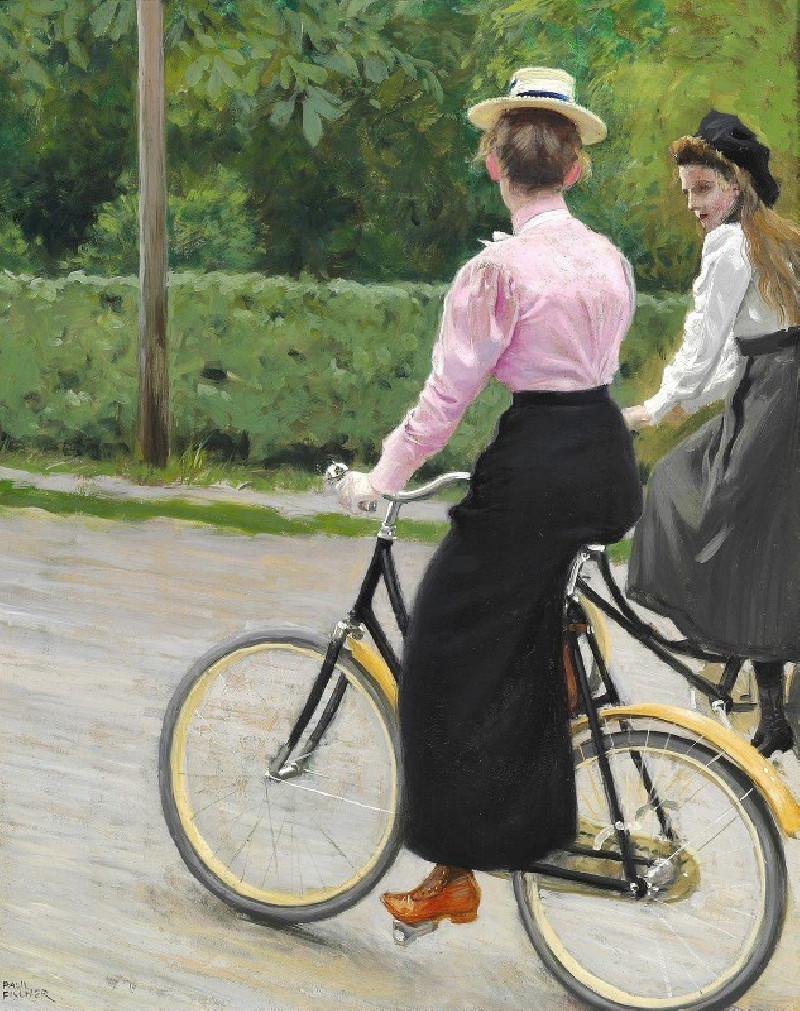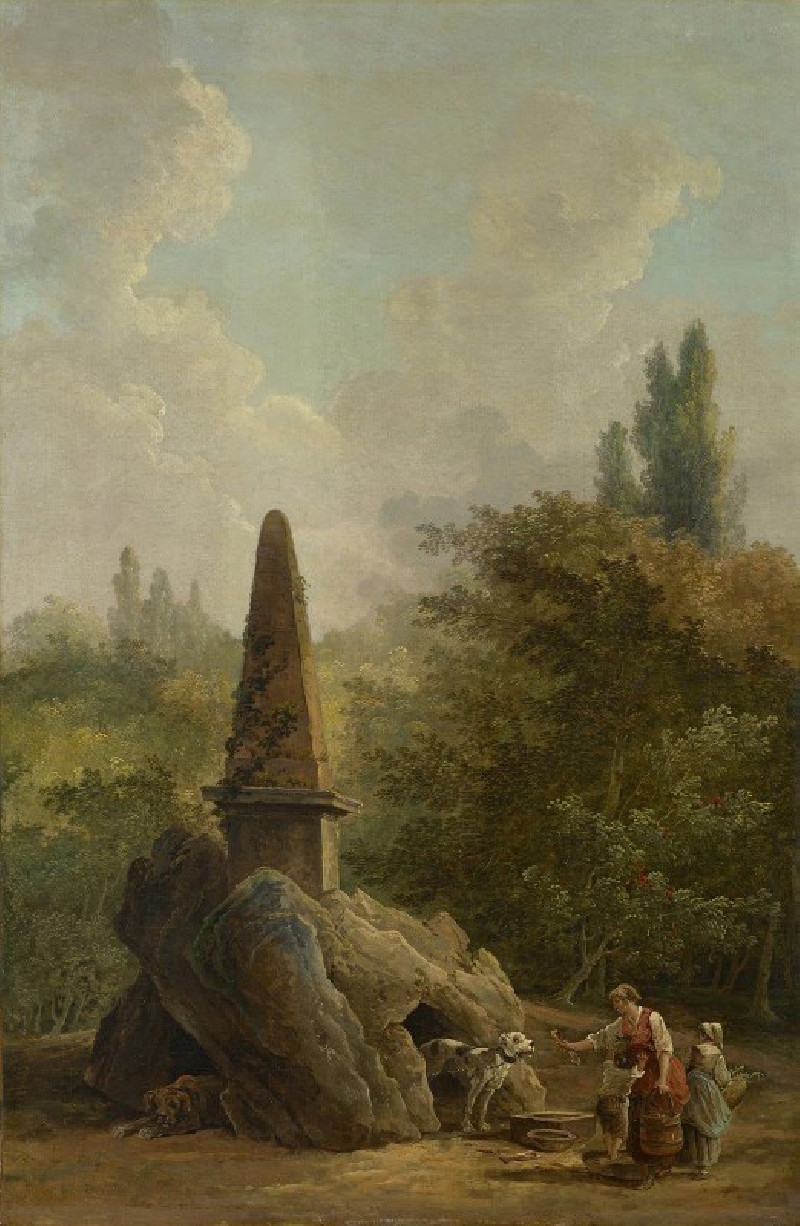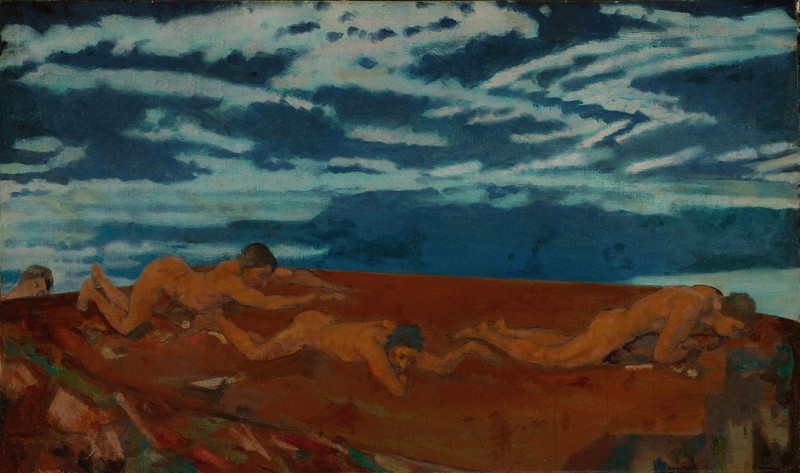Femme de Chagrin (1894)
Technique: Giclée quality print
Recommended by our customers
More about this artwork
"Femme de Chagrin" is a compelling artwork by Théophile Alexandre Steinlen, dating back to 1894, that captures a poignant moment of maternal sorrow and tenderness. In this lithograph, Steinlen employs stark black and white contrasts to enhance the emotive quality of the scene, which depicts a woman cradling her child close to her chest. The woman, whose features reflect a profound sadness, is wrapped in a dark shawl, and her headwear suggests a humble or rural background. Behind her, an undulating seascape, drawn in lighter strokes, contrasts with the deep dark tones of her figure, perhaps symbolizing the tumultuous emotions she is experiencing.The simplicity of the setting - a wooden chair, the sparsely detailed room - directs the viewer's attention to the central figures, emphasizing their silent, intimate interaction. "Femme de Chagrin" is more than a visual representation; it is a touching portrayal of universal themes of parental love and the depths of human emotion, rendered with Steinlen's characteristic empathy and skill.
Delivery
Returns
Théophile Alexandre Steinlen, was a Swiss-born French Art Nouveau painter and printmaker.
Born in Lausanne, Steinlen studied at the University of Lausanne before taking a job as a designer trainee at a textile mill in Mulhouse in eastern France. In his early twenties he was still developing his skills as a painter when he and his wife Emilie were encouraged by the painter François Bocion to move to the artistic community in the Montmartre Quarter of Paris. Once there, Steinlen was befriended by the painter Adolphe Willette who introduced him to the artistic crowd at Le Chat Noir that led to his commissions to do poster art for the cabaret owner/entertainer, Aristide Bruant and other commercial enterprises.

